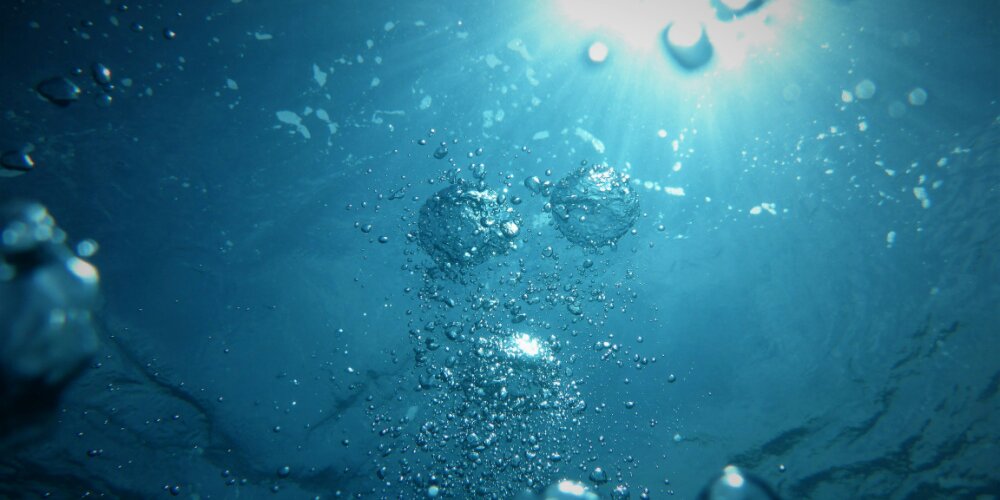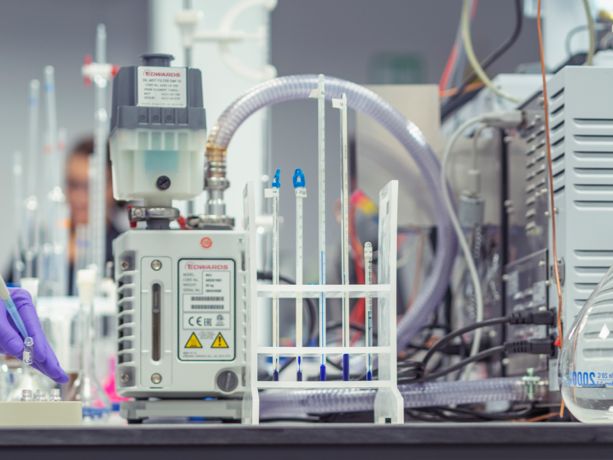Groundbreaking New Research Challenges Conventional Water Molecular Structure at Surface Level

Traditionally-held beliefs about the interface between water molecules on the surface of electrolyte solutions (like seawater) and air are being challenged by a new discovery made by a research team from the University of Cambridge and the Max Planck Institute.
Previous research has indicated that larger ions in water tended to be “surface-active”, meaning they were on the top layer of the water surface and induced an electric field that affected the structure of water at its interface with other matter.
However, the team challenges this with their study, which showed that the water interface was split into two distinct layers. Through the course of their tests, the team found that “the outermost surface is ion-depleted” and the subsurface layer is “ion-enriched”. This then affected the directional organisation of water molecules.
The team’s discovery was assisted by the use of a new, advanced detection technique called HD-VSFG. This stands for heterodyne-detected vibrational sum-frequency generation. Whilst previous VSFG methods have been able to detect the strength of a signal, HD-VSFG detects the positive or negative nature of these signals. This allows for a deeper analysis of ion and molecule structure, and generates new data for computer simulations.
Using this method to understand the interfacial behaviour between states of matter can benefit a lot of disciplines. One example cited by Professor Mischa Bonn, co-author and head of the Molecular Spectroscopy department at the Max Planck Institute, is the study of solid/liquid interfaces – which could go on to have potential uses in battery and energy storage development.
This new research can have vital implications for our understanding of how we approach atmospheric chemistry and climate science in the future. Conventionally-held beliefs will need to be updated, and this redefinition of water surface behaviour on a molecular level will only help to advance environmental science and technological development.
The Lab: leading the way for materials testing
Need to make use of our materials testing services? At The Lab, we have an exceptional team with years of experience to draw upon across a wide range of disciplines. Whether you need a failure investigation, or trustworthy sample handling and preparation, we have the expertise required.
Contact us today for an obligation-free consultation to see how we can help you.
Find materials testing here at The Lab
For more of the latest news, information, and industry insights, explore The Lab’s News and Knowledge Hub…
Researchers Design a New Class of Materials That Are Both Stiff and Shock Absorbing | Researchers Discover Material With ‘Memory’ | What Is Non-Destructive Testing (NDT)?
- Author
- Anthony York
- Date
- 10/05/2024
